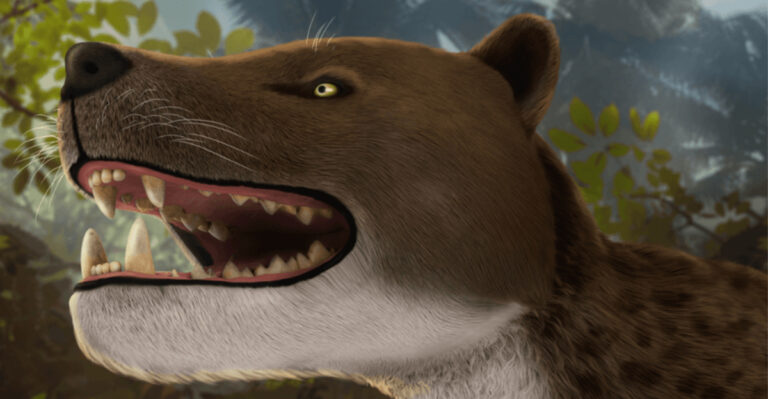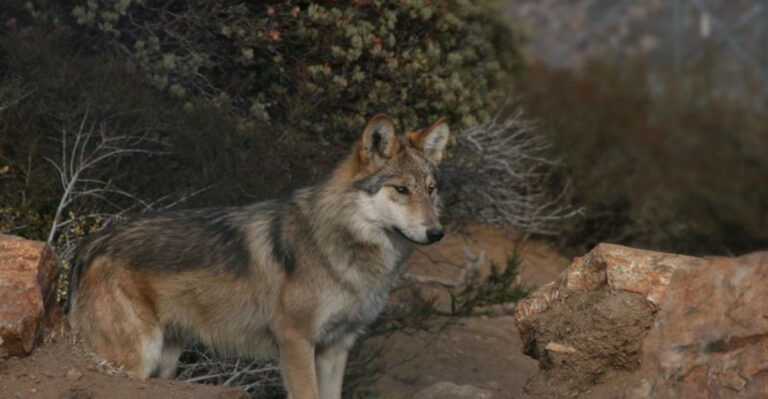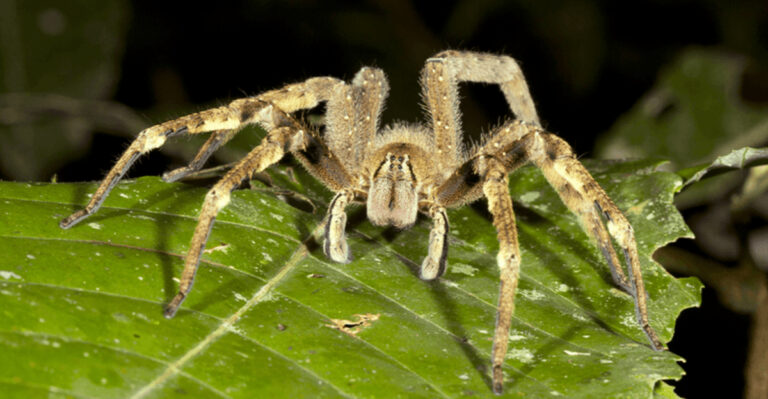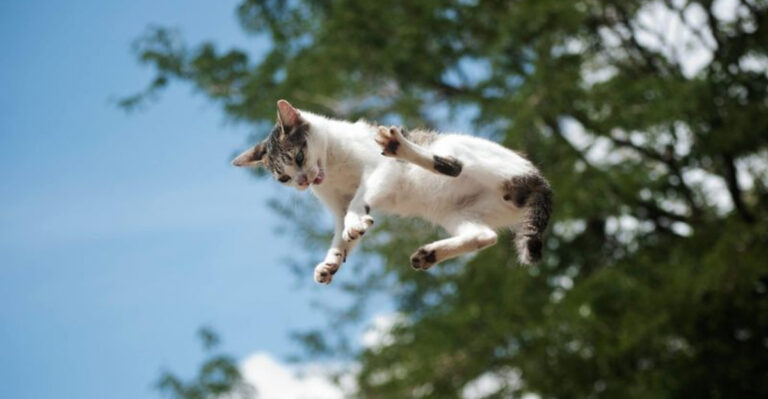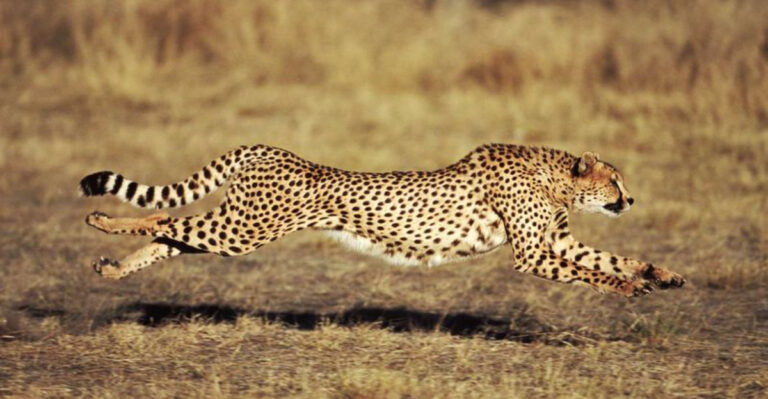10 Birds With Extraordinary Colorful Feathers (And 5 With Stunning Solid Colors)
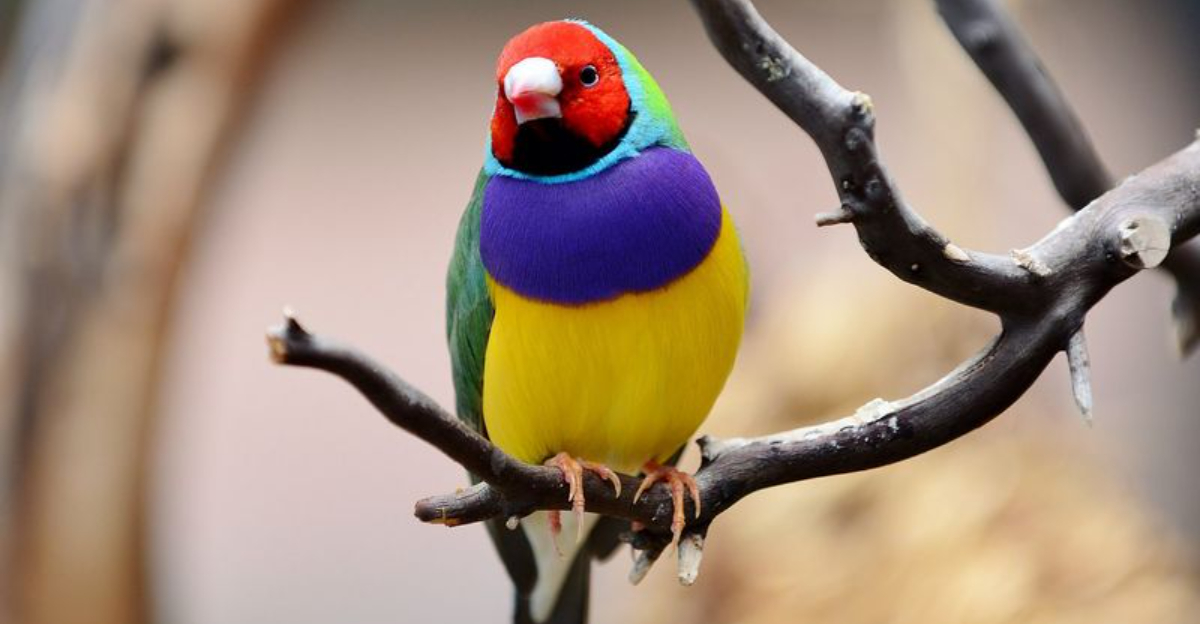
Birds are nature’s living canvases, displaying some of the most spectacular colors found in the animal kingdom.
From rainbow-hued tropical species to those with striking solid plumage, these feathered wonders have evolved their vibrant appearance for everything from attracting mates to blending into their environments.
Get ready to explore the avian world’s most dazzling fashionistas that make even the brightest human attire look dull by comparison.
1. Mandarin Duck
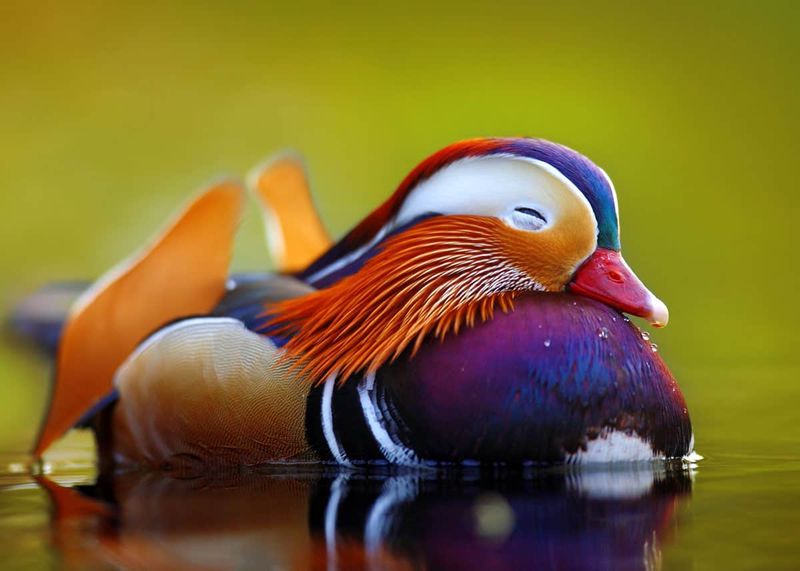
Male Mandarin ducks sport a painter’s palette of orange, purple, white, and blue feathers arranged in geometric perfection. During courtship season, these floating jewels raise their vibrant crests and fan out their distinctive sail-like wing feathers.
These ornate patterns aren’t just for show – they signal genetic fitness to potential mates and establish territorial boundaries among competing males.
2. Peacock
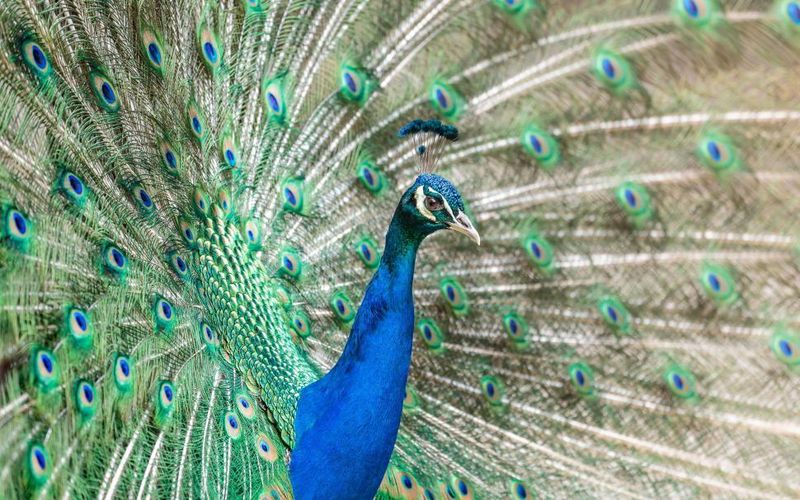
Nothing says ‘look at me’ quite like a peacock’s tail. Those magnificent iridescent eyespots aren’t actually pigmented – they’re created through light refraction within the feather structure, similar to how soap bubbles shimmer.
When a male spreads his train in a spectacular fan, he’s performing an ancient mating ritual. The mesmerizing shimmer changes with every head movement, hypnotizing potential partners with nature’s most elaborate light show.
3. Scarlet Macaw
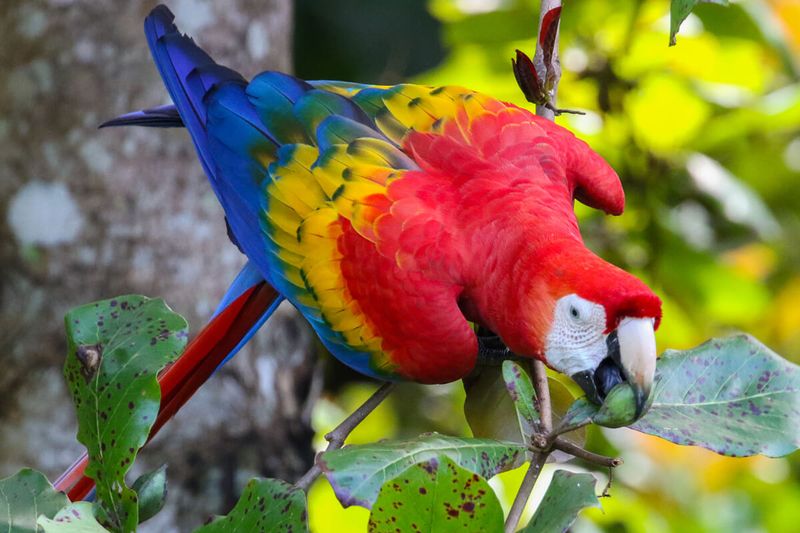
Flying flames of the rainforest, scarlet macaws illuminate the canopy with their primary red bodies complemented by bright yellow and blue wing feathers. Their bold coloration serves as a beacon among flock members navigating dense jungle landscapes.
These social birds use their vivid plumage for instant recognition at a distance. Young macaws develop their full color intensity around one year of age, signaling their maturity to potential mates.
4. Rainbow Lorikeet
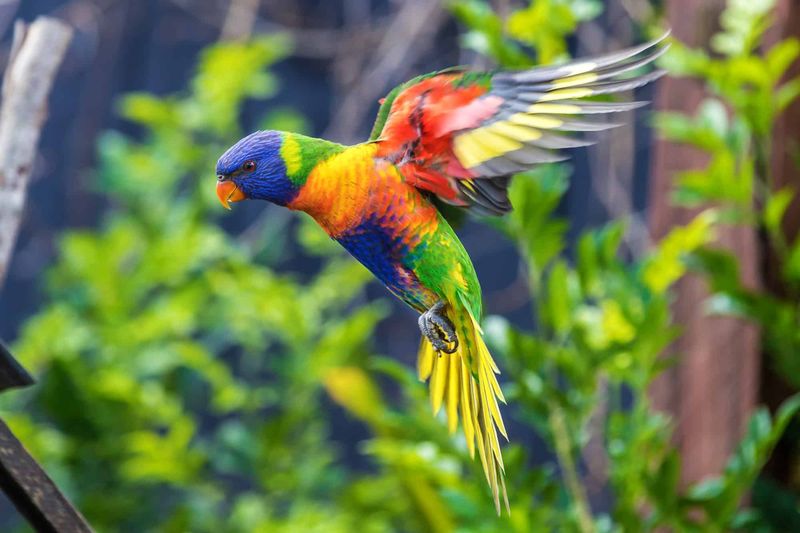
These flying rainbows wear a technicolor dreamcoat of blue heads, orange-red breasts, and green wings. Native to Australian forests, rainbow lorikeets use their multi-hued plumage to blend surprisingly well among flowering trees and colorful foliage.
Their kaleidoscope appearance helps pairs recognize each other amidst the chaos of large feeding flocks. When excited or alarmed, they fluff their feathers, creating an even more vibrant display that signals their emotional state.
5. Resplendent Quetzal
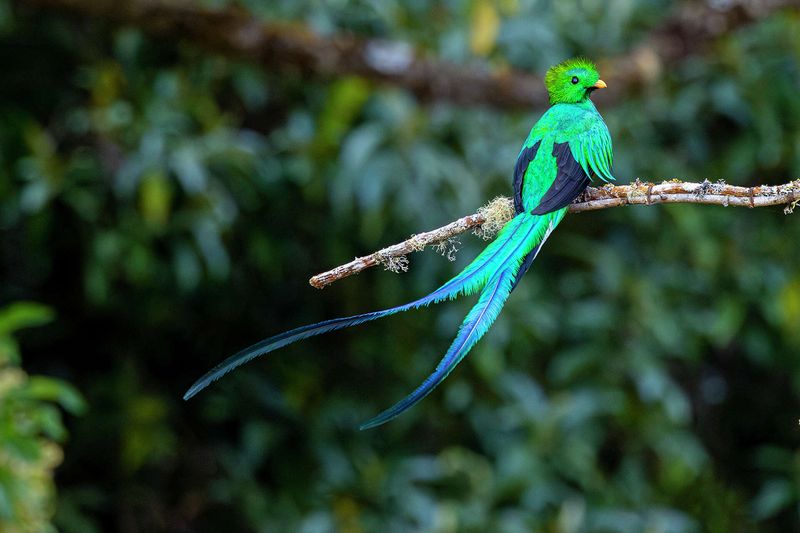
Ancient Mayans worshipped this living emerald of Central American cloud forests. Male quetzals grow twin tail feathers up to three feet long that shimmer between metallic green and electric blue depending on the light angle.
These sacred birds were so revered that killing one carried a death penalty in pre-Columbian cultures. Their feathers symbolized freedom and wealth, adorning royal headdresses of rulers who believed the quetzal’s spirit connected them to divine powers.
6. Gouldian Finch
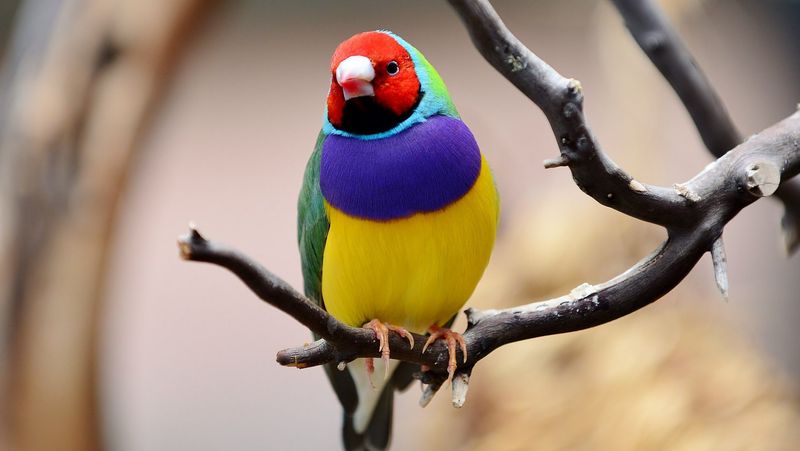
Nature’s paint-by-numbers masterpiece, the Gouldian finch comes in three distinct head colors – black, red, or yellow – paired with a purple breast and yellow belly. Each bird looks like it’s wearing a custom-designed formal suit.
These Australian beauties maintain their vibrant colors year-round without seasonal molting. Bird enthusiasts prize them for their kaleidoscopic appearance, though wild populations have declined dramatically, making their rainbow plumage increasingly rare in natural settings.
7. Lilac-breasted Roller
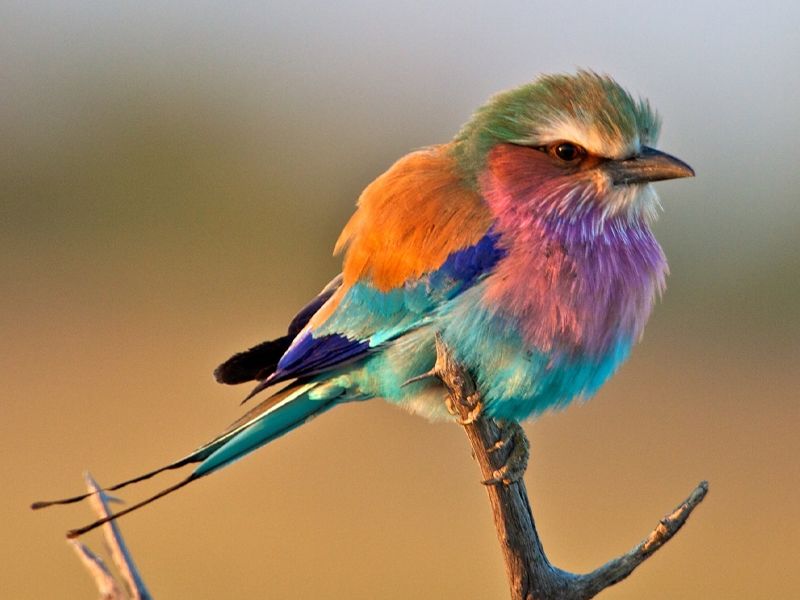
Imagine a bird dressed in pastel watercolors – that’s the lilac-breasted roller with its soft purple throat, teal head, and cinnamon back. This African beauty performs spectacular aerial acrobatics during courtship, rolling and diving through the air.
These aerial displays showcase electric blue wing undersides normally hidden when perched. Safari guides celebrate spotting these birds, as their coloration stands out dramatically against the golden savanna grasses and makes for perfect wildlife photography.
8. Kingfisher
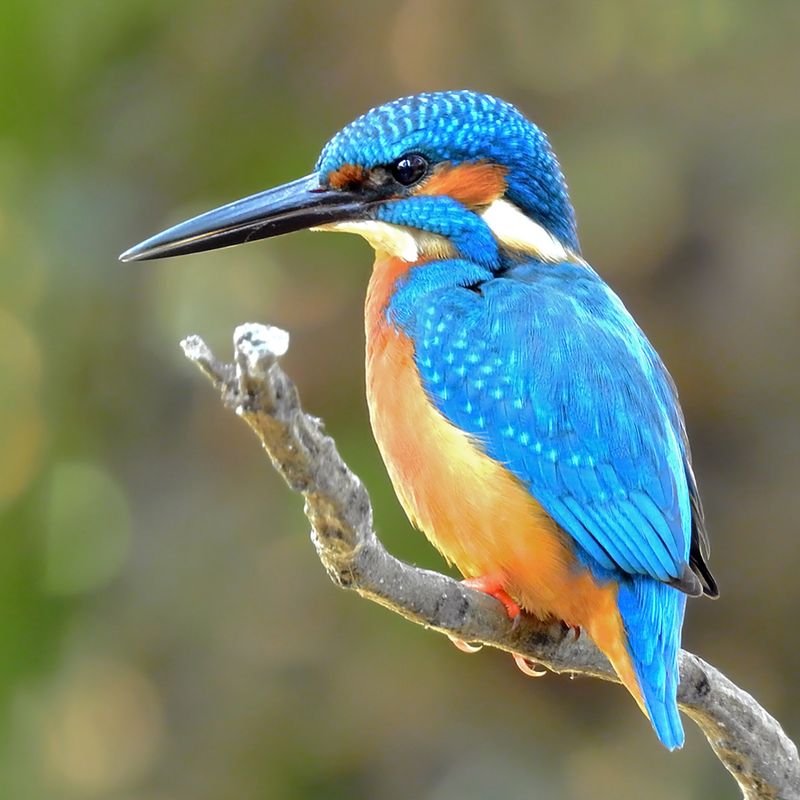
The common kingfisher’s electric blue back seems almost artificially bright against its rusty orange chest. This intense color doesn’t come from pigments but from microscopic structures in the feathers that reflect blue wavelengths while absorbing others.
When diving for fish, these brilliant colors mysteriously become camouflage underwater, appearing muted to prey below. Scientists have studied kingfisher feathers to develop vibrant, non-fading coloration for commercial products without using chemical dyes.
9. Wilson’s Bird-of-Paradise
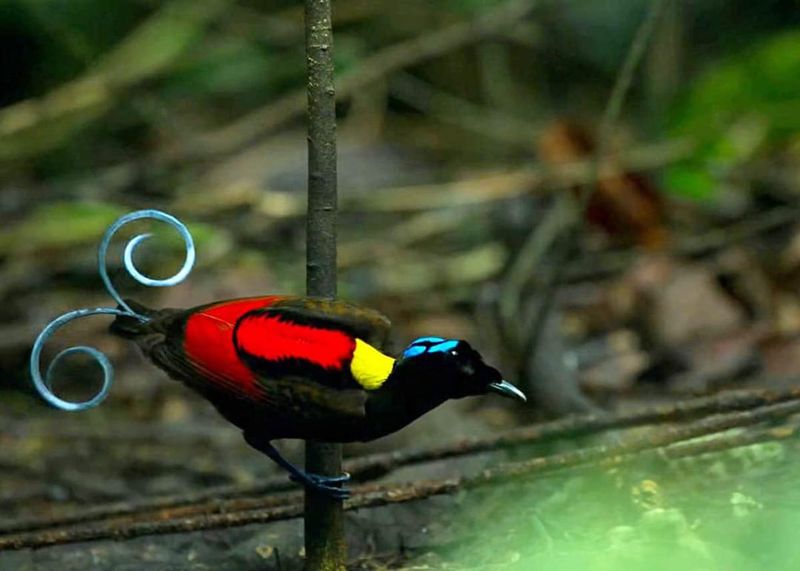
Found only on two tiny Indonesian islands, this living jewel sports a turquoise crown, yellow cape, and crimson back that seems to glow from within. Males clear entire dance floors on the forest floor, removing every leaf to create a stage.
The bird’s most unusual feature is its curled tail feathers that form tight spirals. When filmed from above by BBC’s Planet Earth, viewers finally witnessed how females observe the male’s display from treetop perches, seeing a cosmic swirl of colors.
10. Painted Bunting
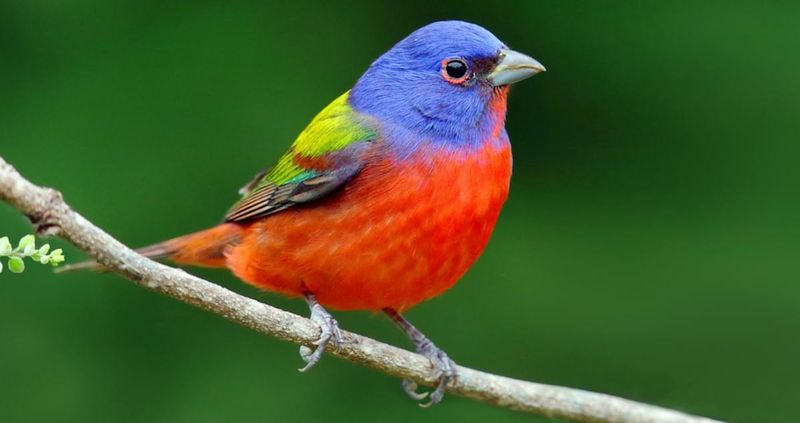
Male painted buntings look like they’ve bathed in a kindergarten paint set – cobalt blue heads, lime green backs, and scarlet underparts without any blending between colors. Birdwatchers call them “nonpareils” meaning “without equal” for their unmatched vibrancy among North American songbirds.
These living rainbows remain remarkably inconspicuous despite their colors, often singing from dense thickets. Their brilliant plumage comes at a cost – they’re frequent targets of illegal trapping for the pet trade.
11. Blue Jay
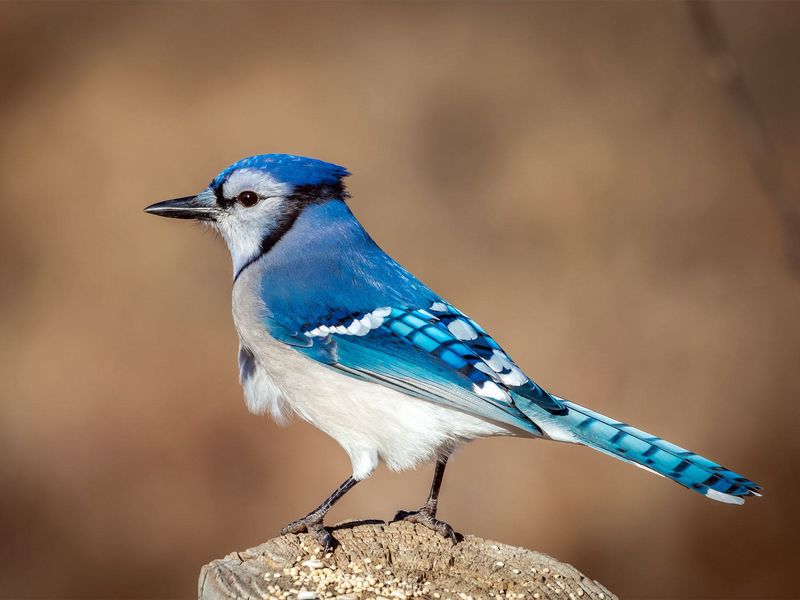
The blue jay’s brilliant azure feathers create one of nature’s greatest optical illusions. Despite appearing vividly blue, these feathers contain no blue pigment whatsoever! The color comes from light scattering through microscopic keratin structures.
When a blue jay feather gets wet or crushed, the blue disappears instantly. These backyard beauties use their striking appearance as visual signals during territorial disputes, raising their blue crest when agitated or excited.
12. American Goldfinch
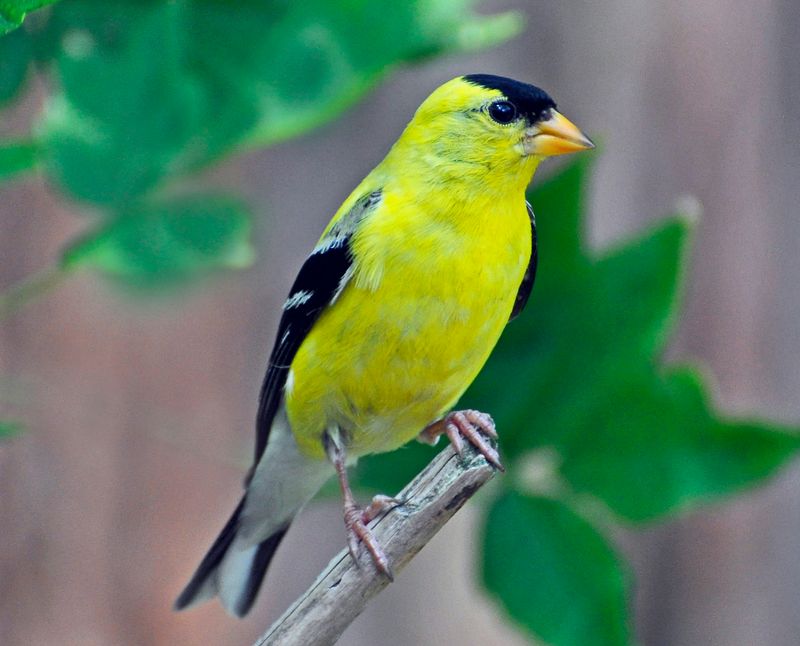
Summer transforms male American goldfinches into flying sunbeams with lemon-yellow bodies so bright they seem to glow against green foliage. Unlike most colorful birds, these feathered sprites undergo a complete wardrobe change seasonally.
Winter brings olive-drab plumage that provides camouflage during leafless months. Their yellow summer uniform serves as a status symbol, with the brightest males attracting the most attention from females who prefer partners whose feathers demonstrate excellent nutrition and health.
13. Northern Cardinal
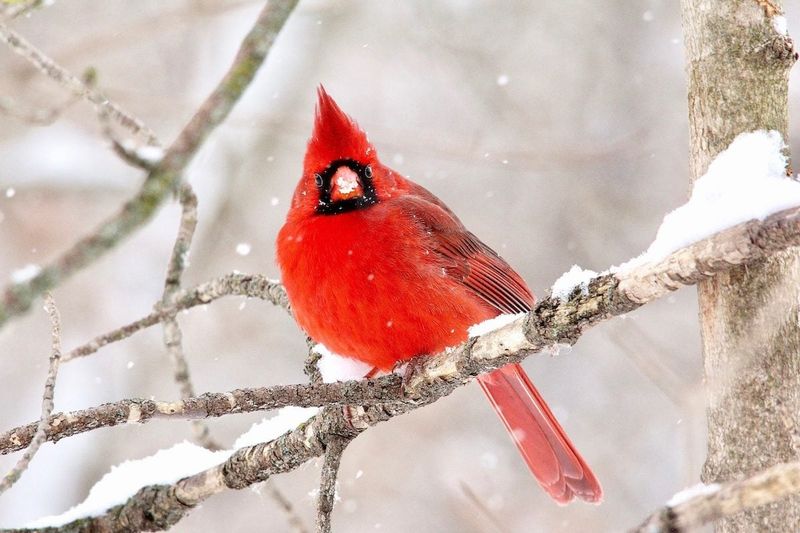
Cardinals bring Christmas-card colors to life with their stop-sign red plumage that brightens winter landscapes. Males maintain their crimson coat year-round through a diet rich in carotenoid pigments from berries and seeds.
The intensity of their red coloration directly signals genetic quality to potential mates. Female cardinals show preference for the most vibrantly colored males, as their brilliant feathers indicate superior foraging ability and excellent health – desirable traits for successful offspring.
14. Rufous Hummingbird
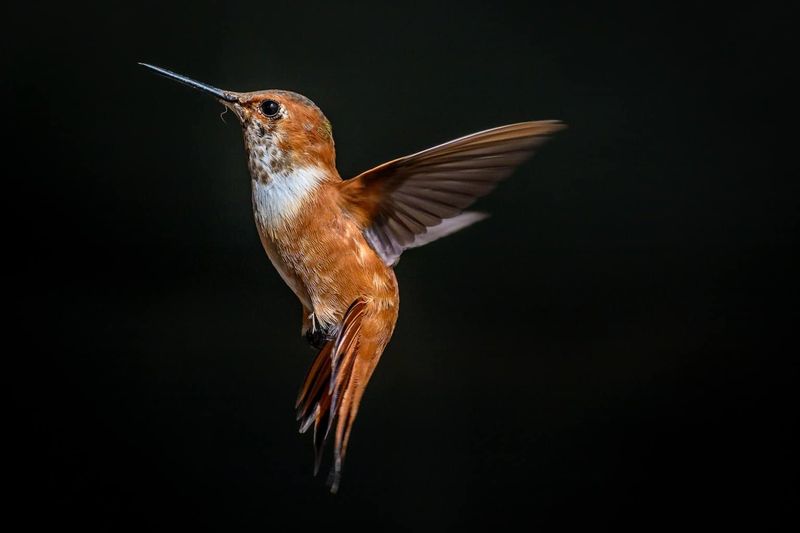
Despite their tiny size, rufous hummingbirds pack serious attitude in their coppery-orange plumage. Males flash brilliant orange throat patches that appear to change from dull to metallic depending on viewing angle.
These feisty flying embers are among the most territorial birds, fearlessly attacking birds many times their size. Their burnt-orange coloration serves as a warning to competitors – the avian equivalent of a “no trespassing” sign that can be seen from impressive distances despite their diminutive stature.
15. Blackbird (Common Grackle)
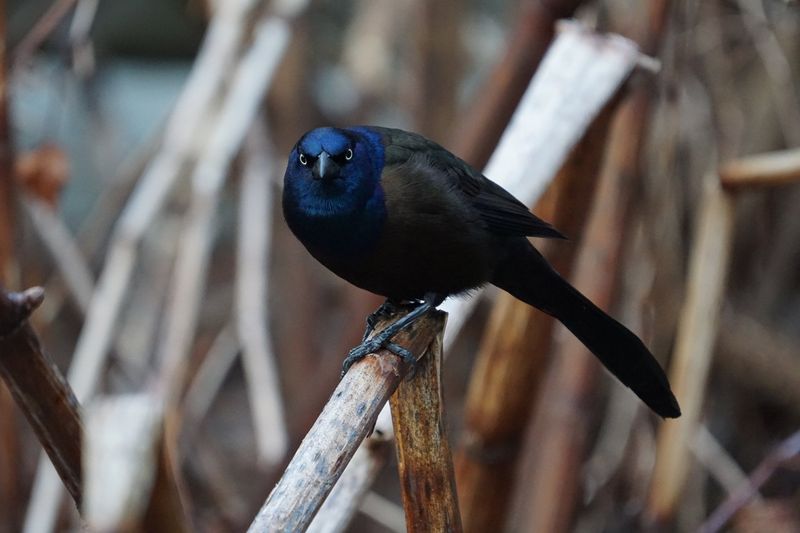
Don’t let the name fool you – common grackles are anything but common when sunlight hits their feathers. Their seemingly solid black plumage transforms into a walking oil slick of purples, blues, and greens when illuminated.
This iridescent quality comes from feather structure rather than pigment. Like microscopic prisms, their feathers split sunlight into component colors. Ancient Aztecs valued similar iridescent black feathers from local birds so highly they were worth more than gold by weight.

